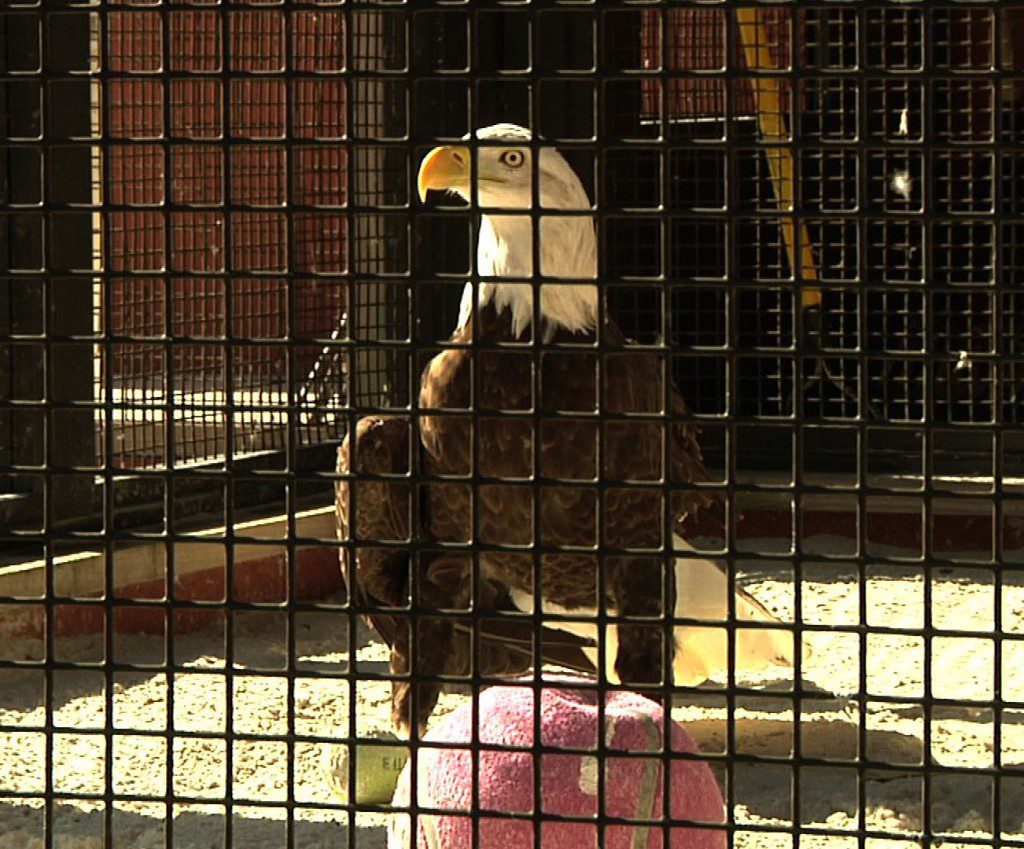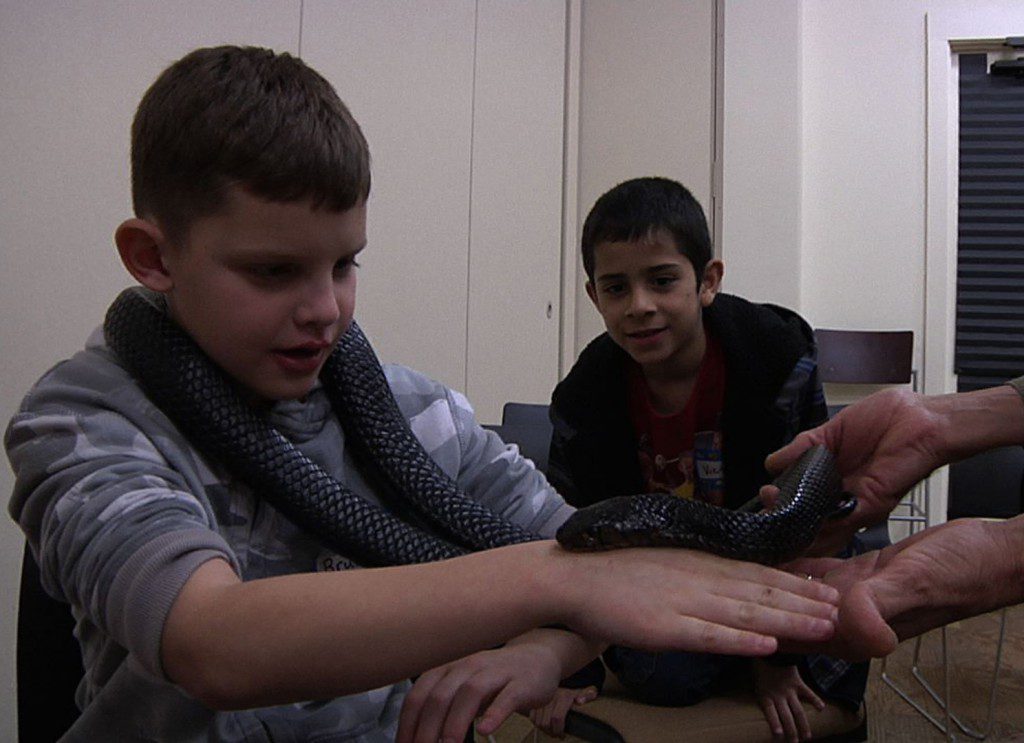Rebecca Wilkerson WFSU-TV
In the coming days, we refocus our attention to the coasts as we gear up for the world premiere of In the Grass, On the Reef: Oyster Doctors. This is the culmination of almost four years of collaboration with Dr. Randall Hughes and Dr. David Kimbro. Together, we have explored the salt marshes, oyster reefs, and seagrass beds that fuel Florida’s Forgotten Coast. Stay tuned for more information on the premiere event and opportunities to join us on coastal EcoAdventures.
For this video we take a step back from the coast and travel inland to visit one of Florida’s environmental education centers. The E.O. Wilson Biophilia Center is named after Dr. E.O. Wilson for his work in conservation, preservation and restoration. Dr. Wilson contributed to the development of several new academic specialties in biology and paved the way for many global conservation efforts. He also coined the term “biophilia”, meaning “love of all living things.” His life’s work and achievements set the standard for the development of the center and its various education programs.
The Biophilia Center is surrounded by Longleaf Pine ecosystem and is ideal for educating students on the importance of biodiversity. The programs offered through the center are available to fourth and seventh grade classes. While the center focuses on serving students, teachers and professional audiences, it is not your average field trip:
- Students visit the center for either a 2 or 4-day program. Educators from the Biophilia Center have written hundreds of pages of curriculum that meet state standards. The curriculum can be incorporated into their classroom activities before and after their visits.
- Currently transitioning from a private foundation to a public foundation, the center relies heavily on donations, grants, and volunteers. This allows the center to host schools free of charge. Schools only pay for transportation and substitute instructors for their classrooms.
- The Biophilia Center is now open to the public on the first Saturday of every month. Each public day includes a focused educational program and activities based around that theme.
- Twice a year, the center hosts a Special Needs in Nature in nature event, and they accommodate the special needs of visitors during regular programs as well. With the center also being accessible for visitors in wheelchairs, the educators hope to give everyone an opportunity to enjoy the facility and learn more about the world around them.
The E.O. Wilson Biophilia Center provides an opportunity for fun, hands-on learning about the natural world and the animals within. The educators also teach visitors how to interact with the natural world and appreciate all ecosystems, shaping visitors into budding naturalists.
Follow us on Twitter @wfsuIGOR


